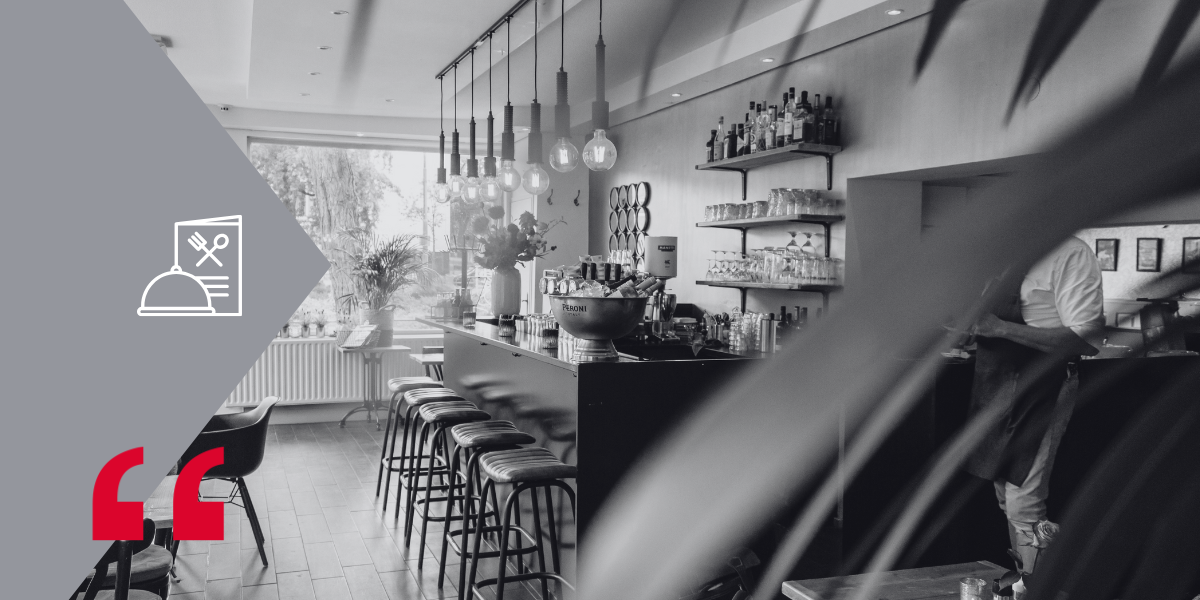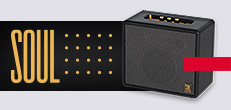In the hospitality industry, ambiance is part of the experience. And while decor, lighting, and space layout often come to mind, sound often takes a backseat. However, good sound system can make the difference between a place you’ll want to stay in… and one where it’s hard to hold a conversation.
The truth is that it’s very common to make mistakes when installing sound systems in bars, restaurants, or cafes.
Below, we’ll review the most common mistakes and how to fix them from the start to achieve a pleasant, professional, and long-lasting sound environment.
1. Not planning the sound system from the start
One of the most common mistakes is not considering the sound system during the initial design or renovation stages of a venue. It’s often installed just before opening, when everything is already set up, forcing people to improvise wiring routes, place speakers where they can—and not where they should—or neglect certain features due to lack of foresight.
How to avoid it?
The solution is simple: plan your sound system from the very beginning.
Just as lighting and air conditioning are defined, sound must be considered from the beginning of the project. This allows you to decide how many zones there will be, what type of speakers are needed, where they should be placed, and how the system will be controlled. All of this ensures real and effective integration into the design of the venue.
2. Equal sound throughout the venue
Not every venue has the same acoustic needs. An outdoor terrace, a lively bar, and a quiet dining room don’t all require the same volume or the same type of music. However, it’s very common to install a single system with the same volume and content in all areas, which creates discomfort and a lack of control over the environment.
How to avoid it?
Designing a multi-zone system is key. This allows for:
- Adjust the sound independently in each space.
- Adapt the sound to the time of day.
- Adjust it to the type of client.
- Adjust it to the specific use of the area.
This creates a coherent, comfortable sound experience designed to accompany—not to disturb.
3. Installing inappropriate speakers
Many speaker purchasing decisions are based solely on price, aesthetics, or size. The problem is that not all speaker systems are suitable for all spaces. Installing an unprotected speaker on a terrace, for example, can quickly cause malfunctions. Or placing a model with poor coverage over a large area can leave areas with poor sound quality.
How to avoid it?
Speakers should be chosen according to the following aspects:
- Environmental conditions (interior, exterior, humidity, sun exposure).
- The type of installation (ceiling, surface, recessed).
- The real acoustic needs (power, dispersion, sound quality).
Investing in the right equipment is more profitable in the medium and long term.
4. Complicate system management
A sound system can be of great quality, but if the staff doesn’t know how to use it, it ends up malfunctioning or being underutilized. It’s common for only one source to be used, for no one to know how to adjust the volume, or for the system to be turned on and off by simply flicking the main switch.
How to avoid it?
Ease of use must be a priority. There are systems with intuitive interfaces that allow you to control zones, volume, and sources from simple panels, mobile apps, or remote controls; these are all features that the products in our catalog meet. In addition, providing staff with a brief training program is essential so they can use the system without complications.
5. Not planning extensions or changes
Businesses evolve. A restaurant can expand its terrace, a café add an event room, or a bar can become a nightclub. If the sound system hasn’t been designed with this in mind, any change means redesigning the entire installation.
How to avoid it?
The key is to think long-term. Using modular and scalable systems allows you to add speakers, zones, or new sound sources without having to dismantle existing ones. Even leaving planned conduits or connections makes future expansion much easier.
6. Neglecting maintenance
A sound system, like any other piece of equipment in a venue, requires inspection and maintenance. However, it’s common for years to go by without anyone cleaning a speaker, checking a connector, or adjusting the overall volume. This can lead to unexpected failures, loss of quality, or even irreversible damage.
How to avoid it?
A basic annual check-up is sufficient to:
- Check connections.
- Clean equipment.
- Adjust levels.
- Make sure everything works as it should.
It’s also helpful to have direct contact with the supplier or installer to resolve any issues quickly and professionally. For this reason, at Fonestar, we are always ready to assist you if you need any assistance or support.
Conclusion
Sound systems in the hospitality industry can’t be improvised. A well-designed system improves the customer experience, adapts to the actual use of the establishment, and prevents problems in the medium term. Avoiding these common mistakes is the key to ensuring your restaurant, bar, or café sounds as it should: with quality, consistency, and without complications.
Would you like us to help you review or design your venue’s sound system?


